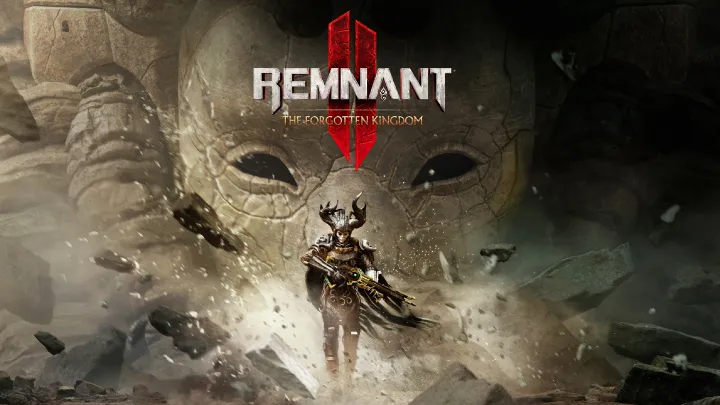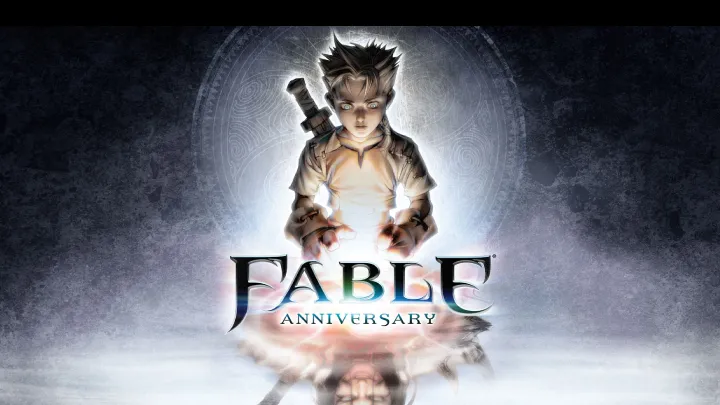Introduction
In the evolving landscape of children's gaming, TOCA BOCA stands out as a distinctive player, intertwining creativity with interactive play. This article delves deep into a specific issue within the TOCA BOCA universe: its influence on children's creativity and social skills. By examining this phenomenon, we aim to understand both the positive aspects and potential drawbacks of such an innovative gaming platform.
The Genesis of TOCA BOCA

TOCA BOCA was launched in 2011, with a mission to create games that encourage creativity and imagination in children. The developers envisioned a digital space where kids could explore various roles and scenarios without the constraints of traditional gaming.
Creative Freedom
One of the primary appeals of TOCA BOCA games is the freedom they provide. Children are not limited by preset narratives or rigid structures. Instead, they are encouraged to create their own stories and scenarios. This open-ended play fosters imagination and innovation, allowing children to express themselves in multifaceted ways.
Role-Playing Opportunities
TOCA BOCA offers a variety of role-playing scenarios, from running a restaurant to managing a hair salon. This diversity enables children to experiment with different identities and social roles, contributing to their understanding of the world around them.
The Mechanics of Engagement
The design of TOCA BOCA games is pivotal in capturing children's attention. Colors, sounds, and interactive elements are meticulously crafted to create an engaging experience.
User Interface Design
The user interface is intuitive, allowing even the youngest players to navigate with ease. This accessibility ensures that children can focus on creativity rather than struggling with complicated controls.
Feedback Systems
Instant feedback is another crucial aspect of TOCA BOCA games. When children interact with the game elements, they receive immediate responses, which reinforces their decisions and encourages exploration. This system cultivates a sense of agency and empowerment in young players.
Enhancing Social Skills
While TOCA BOCA games primarily focus on individual creativity, they also play a role in developing social skills. Collaborative play options can enhance these interactions.
Multi-Player Features
In many TOCA BOCA games, children can invite friends to join their virtual worlds. This collaborative aspect promotes teamwork, negotiation, and communication skills as players must work together to achieve shared goals.
Conflict Resolution
As children engage with one another in these environments, they may encounter conflicts or disagreements. Navigating these situations can teach valuable lessons in conflict resolution and empathy, crucial skills for real-world interactions.
The Balance Between Screen Time and Creativity

With the increasing concern about screen time among children, TOCA BOCA's approach raises important questions about the balance between digital play and physical creativity.
Screen Time Guidelines
Experts recommend limiting screen time for young children, yet TOCA BOCA games can serve as a bridge between digital and physical creativity. The games often inspire offline activities, such as drawing or storytelling, allowing children to extend their creativity beyond the screen.
Encouraging Offline Play
Parents can use TOCA BOCA as a springboard for discussions and activities that take place outside the digital realm. By encouraging children to recreate scenarios or characters in real life, they can enhance the benefits of both digital and physical play.
Addressing Potential Downsides
Despite the myriad benefits of TOCA BOCA, there are potential downsides that warrant consideration. Understanding these issues is crucial for parents and educators.
Over-Reliance on Digital Play
One concern is that children may become overly reliant on digital play for entertainment and creativity. This dependency can limit their ability to engage in spontaneous, unstructured play in the real world.
Balancing Creativity and Consumption
While TOCA BOCA encourages creativity, it is still a product designed for consumption. Parents must ensure that children are not merely consuming content but actively creating and engaging with their imaginative capabilities.
Parental Involvement
The role of parents is paramount in navigating the TOCA BOCA experience. Active involvement can enhance the benefits children receive from the game.
Co-Playing Opportunities
Parents can join their children in TOCA BOCA games, facilitating discussions about the scenarios and characters they create. This co-playing experience can deepen the parent-child bond and provide insights into the child's preferences and ideas.
Setting Boundaries
Establishing boundaries around playtime is essential. Parents should monitor the amount of time children spend on TOCA BOCA and encourage breaks for physical play and other creative outlets.
Community and Peer Interaction
The TOCA BOCA community extends beyond the game itself, fostering connections among players and parents.
Online Platforms
TOCA BOCA has created various online platforms where players can share their creations and experiences. These spaces allow children to showcase their imaginative work and receive feedback, enhancing their sense of belonging.
Learning from Peers
Engaging with peers in the TOCA BOCA community can inspire children to explore new ideas and perspectives. Collaborative projects and challenges can further stimulate creativity and social interaction.
The Role of Innovation in TOCA BOCA
Innovation is at the core of TOCA BOCA's philosophy. The game developers continually seek to enhance the gaming experience through new features and updates.
Updates and Expansions
Regular updates introduce new scenarios and characters, keeping the content fresh and exciting. This commitment to innovation ensures that children remain engaged and inspired to create.
Future Trends
As technology evolves, TOCA BOCA may incorporate new features such as augmented reality or artificial intelligence to further enhance the interactive experience. Staying ahead of these trends will be crucial for maintaining relevance in a rapidly changing market.
Conclusion
The influence of TOCA BOCA on children's creativity and social skills is multifaceted, presenting both opportunities and challenges. While the games foster imaginative play and social interaction, it's essential for parents to remain actively involved in their children's gaming experiences. By striking a balance between digital and physical creativity, families can harness the full potential of TOCA BOCA, ensuring that children are not only consumers of content but also creators and innovators in their own right.

















